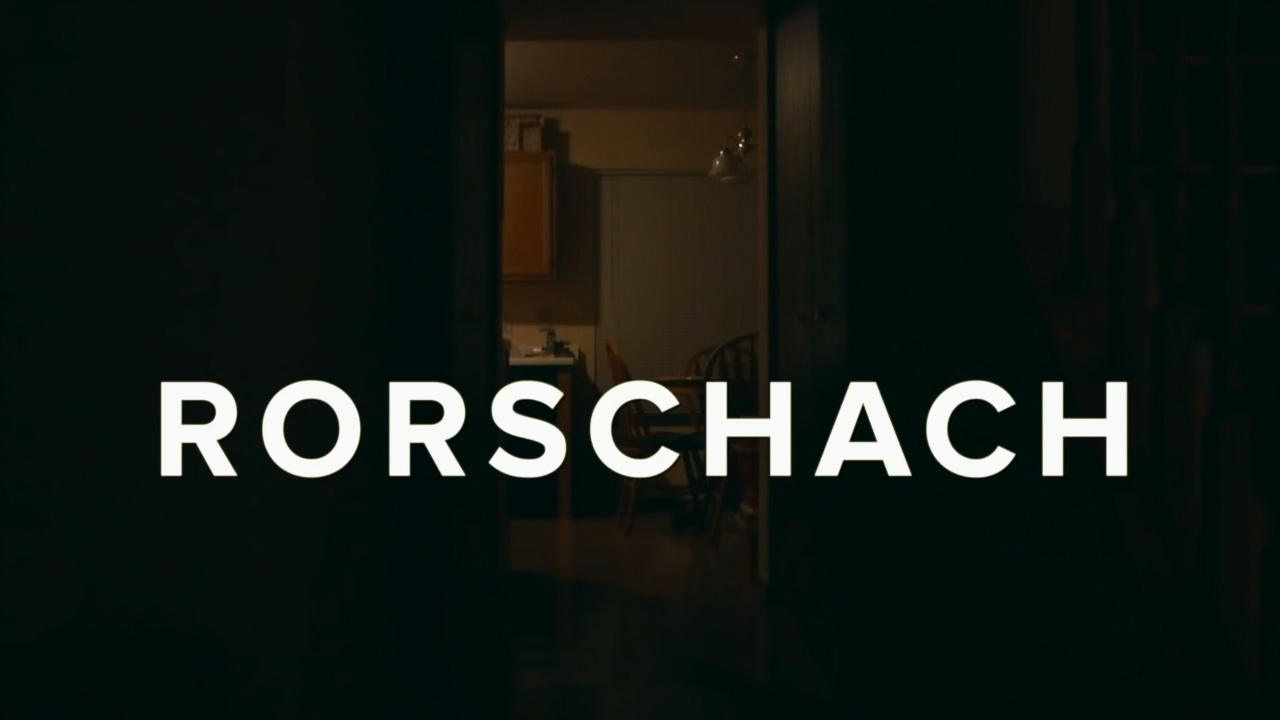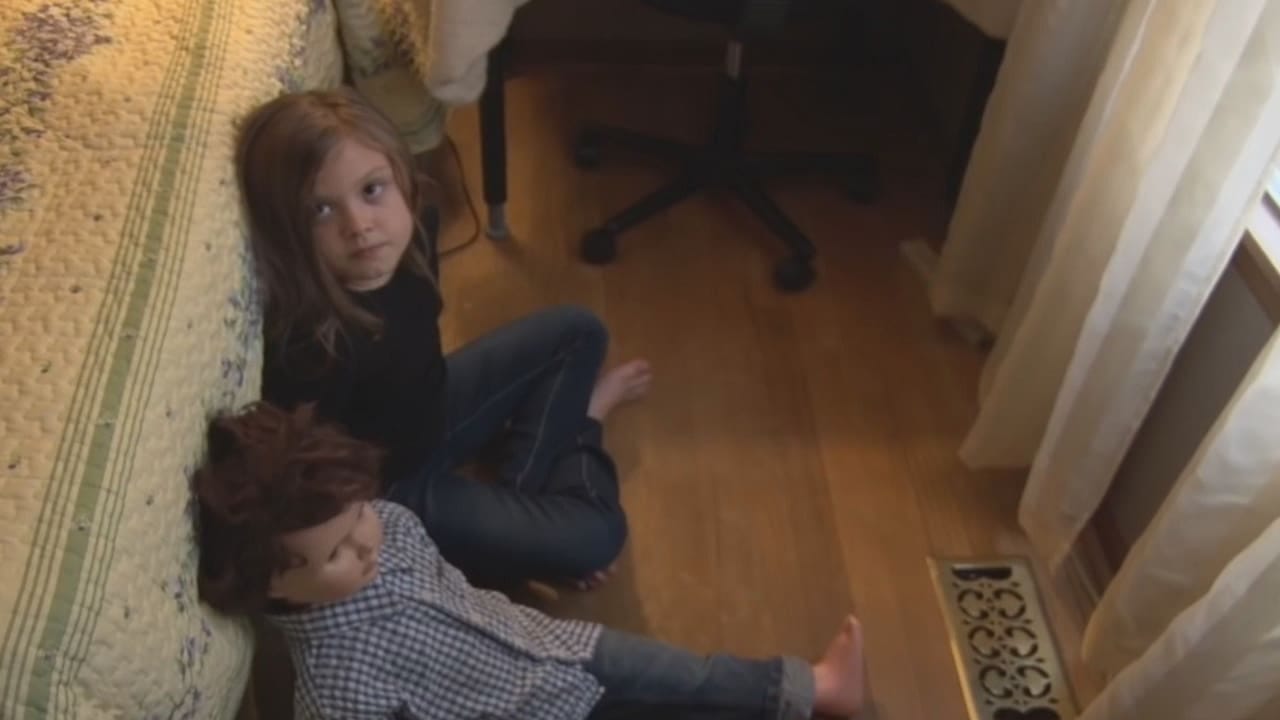Minor Horror #02-8: Rorschach
This is the eighth in a series of fifteen pieces on “minor” horror films that I’m going to be publishing here throughout October. For more information, please see this post from last year, when I first did this.
Rorschach (C. A. Smith, 2015)
The official upload of Rorschach on YouTube, the one with almost 3,000,000 views as of this writing, is titled thusly: “RORSCHACH – Scariest Film Online?” There are a lot of “films” on YouTube with titles like this, one of the many deforming effects of creators trying to conform to the ever-shifting preferences of the platform’s mercurial Algorithm. None of them, of course, are actually the “scariest film online,” or anything else they might suggest to get your clicks (the actual scariest film online is not something you or I have ever seen, and we should be thankful for that), but these carny tricks point towards something important about these movies, namely that they succeed or fail not in terms of their “narrative” per se, but rather in how easily a bored teenager scrolling on their laptops in bed late at night (this is 2015, remember, before phone screens and short-form video had established total dominance over this demographic) might be convinced, watching it, that they have stumbled upon something Extreme and potentially even Dangerous on a website that does not actually permit anything of the sort, at least not within the Algorithm’s walled garden. What we have here, then, is a cinema of attractions whose core “attraction” cannot actually be depicted – or, more precisely, its non-depiction is itself the attraction. There are some obvious parallels here with the overpromising promotional methods pioneered by producers like William Castle and Roger Corman in the post-war boom years, not least that most of these viral or wannabe-viral YouTube horror movies are not really very good. But there’s an important difference: the impossible promise Corman or Castle made over and over again was of spectacular thrills far exceeding what could possibly be accomplished with some well-painted cardboard and a six-day shooting schedule. Viral or wannabe-viral YouTube films like Rorschach, however, promise the opposite of spectacle – they promise the ordinary and mundane, typical places, everyday people, the elision of the boundary between movie and reality. And then, they promise, something else will be introduced into this verisimilitude, something from outside of it, and this something will integrate itself so quietly, so subtly, so naturally that it will not seem any different from it, will not seem any different from your own life, except that it will be wrong. It will be wrong, wrong, wrong. The theory of fear at work in a movie like Rorschach is one of reduction – the less that happens, the scarier it will be. And this is a movie where remarkably little happens.
The premise of Rorschach is extremely basic, even rote: there’s a couple “skeptics” who investigate potentially-paranormal phenomena (it’s kind of ambiguous if they do this professionally, or if they’re grad students, or what; the backstories here are all very thinly sketched, and that’s fine), and they get a call from a single mother who’s been having weird stuff happen ever since she moved into a new house. They agree to go and check it out, armed with a few consumer-grade cameras. Things progress from there – if you’ve ever seen a movie like this before, what you are imagining about how things progress is probably about half right. This is a movie overloaded with classic haunting/possession movie MacGuffins – a creepy doll, a locked chest full of old books and weird antiques, an unexplained phone call, not to mention, of course, doors opening and closing on their own, things falling off shelves, muffled banging noises, inhuman squeals, all that poltergeist shit – but what is interesting is the movie (spoilers) never really zeroes in on anything in particular, never has the scene where our protagonists hop on a Skype call (again: 2015) with Professor Character Actor for an exposition dump about how this or that is a sure sign of The Boogeyman. The movie is full of disturbing little touches that suggest there’s a real backstory here (the creepy doll, for example, is a girl doll dressed in boy clothes, because that’s how the mom found it, in the garage, when her and her daughter moved in), but it all remains unresolved, inconclusive, and this is a good thing, because it is scary when something bad is happening and we do not understand what. It helps, of course, that this is a no-budget YouTube movie clearly shot at some friend or family member’s place: it is totally convincing as an ordinary American home because it is an ordinary American home; all films, it’s been said, are documentaries of their own production, which is true enough, but it’s especially the case for movies like this – it’s one of the great strengths of “found footage” as a genre. As someone who was alive and living in America in 2015, the particularities of the fashion and decor on display here evoked some pretty powerful sense-memories, which makes what’s layered over top, namely a haunting which remains stubbornly ambiguous in all regards besides its absolute malevolence, significantly more jarring and disquieting. How something like this will play in a hundred years, for people who will perceive this home’s living room as we do a Victorian parlor, I can’t say – all I know is here, now, for me, it works. It works because it is so familiar, and so alien, and leaves me with questions that have no answers – just like, I imagine, because I cannot help but imagine, watching a movie like this, a real Entity of this sort would.



